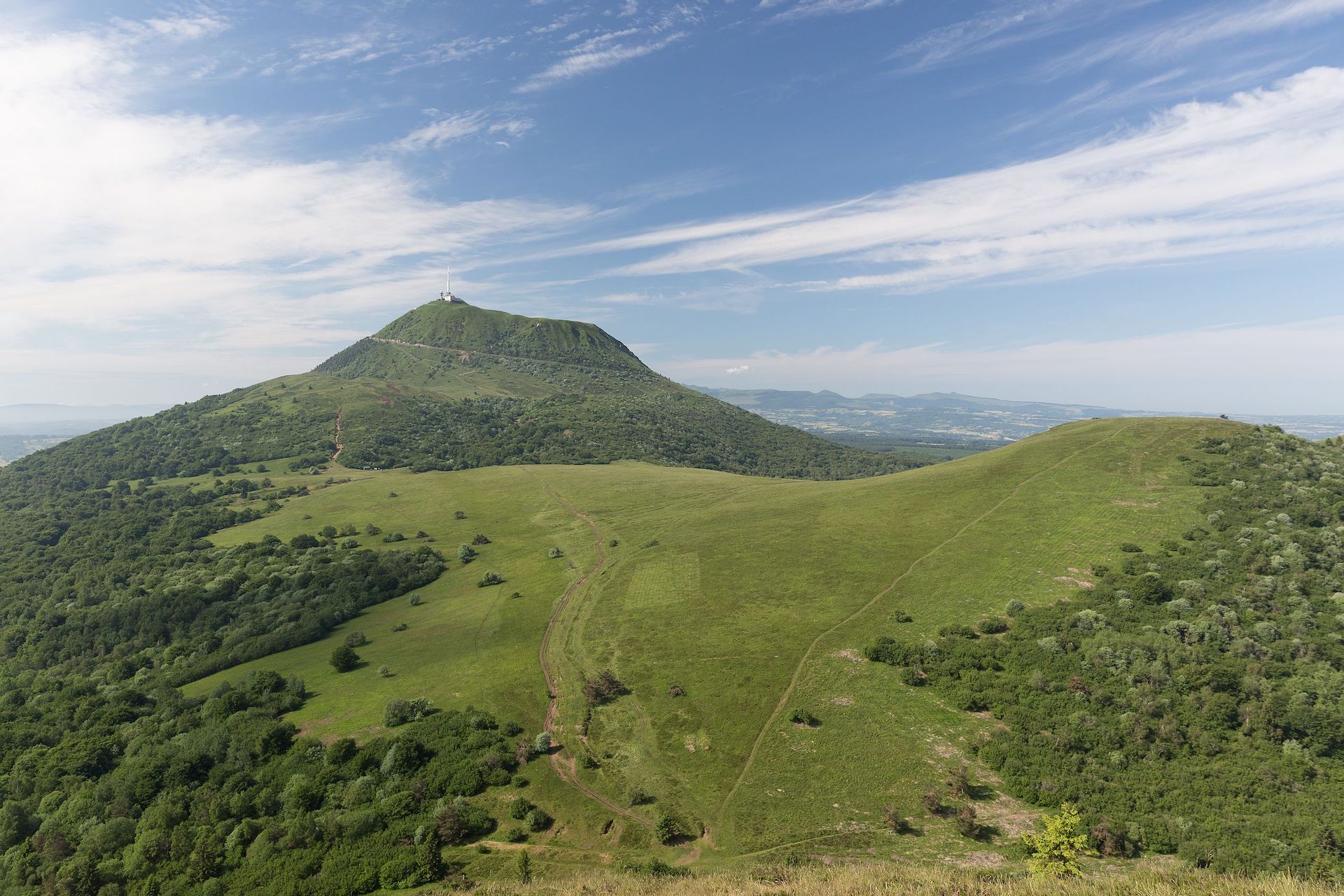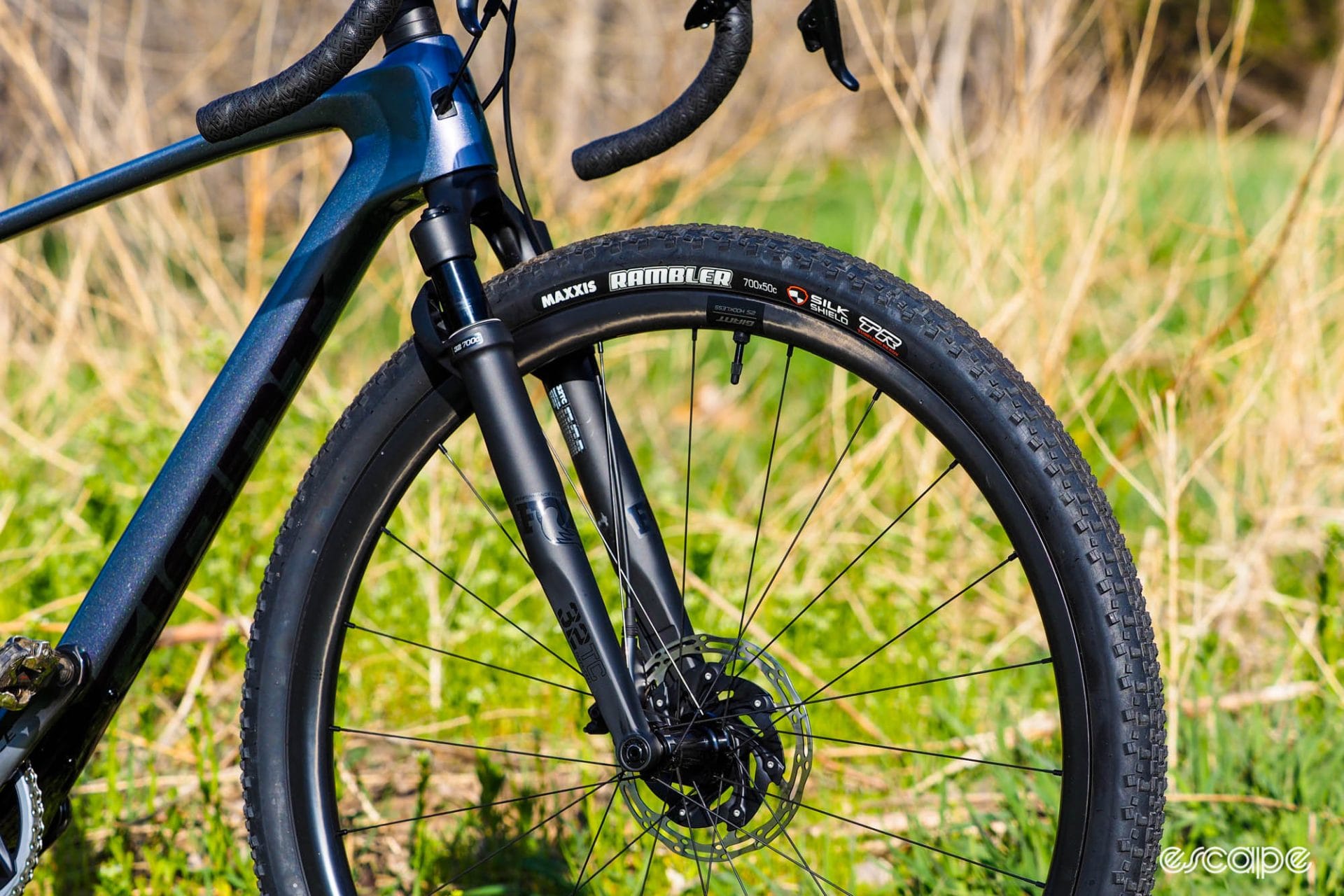We start the final stage before the rest day in a very special place. Raymond Poulidor, the grandfather of Mathieu van der Poel but even more importantly the cycling champion that France so dearly loved, lived and died in this region. Mathieu and his brother David must have spent many summer holidays here and reconned today’s stage start well before the Tour de France was even on their minds. They were probably only dreaming back then of following in the footsteps of their world-famous grandpa.
'Poupou', as he is lovingly referred to, was a rider we'd now call an underdog. He is also known as 'The Eternal Second', having finished second in the Tour de France in 1964, 1965, and 1974 (and third in five other editions). In the stage to Puy de Dôme in 1964 he came very close to actually winning the race. Jacques Anquetil was very tired that day but poker-faced his way to the top. Poulidor didn’t know that he could have beaten his French rival there and then. In the end there were only 55 seconds between the two in Paris.
Today we also go to Puy de Dôme so let’s do a little geology again, courtesy of GeoTDF.
We climb to 1,465 metres over 13.3 km at an average gradient of 7.7%. This park has been listed as a UNESCO World Heritage Site since July 2, 2018. The Chaines des Puys is a nearly 40-kilometer-long chain of more than 80 monogenetic volcanoes. It hosts clues about human occupation since the Stone Age.
Monogenetic volcanoes are small and short-lived volcanoes. Once they erupt, their life comes to an end. However, they do not occur alone. Hundreds if not thousands of them may group in what scientists call a Monogenetic Volcanic Field.
The volcanoes in these fields erupt one after another, but they don't exactly trigger each other into eruption. Deep beneath the surface is a wide magma source and every once in a while magma is pushed to the surface along some crack in the crust. This then forms the next monogenetic volcano.
Each volcano is active for anywhere between a few hours to a few decades until the pressure on the deep magma chamber decreases and the eruption ends. So some burst instantly and others have a really long build-up before its too much and they go boom. And while each individual eruption is short, these eruptions might happen in the wider region for millions of years.
Volcanic activity in the Chaines des Puys has been dated to between 70,000 and 9,000 years ago. This makes it the youngest expression of the French Massif Central volcanism.
(If you want to know more about volcanoes, professor Natalia Pardo from the Andes University has more information.)
Puy de Dôme is one of the highest (1,465 m) monogenetic volcanoes along the Chaines des Puys. It attracted the attention of ancient spiritual traditions. There are ruins of the Roman temple of Mercury (1st Century BCE) built over older archaeological sites. Also, this is where Blaise Pascal designed his experiment on measuring atmospheric pressure variation with altitude. He defeated the old conceptions about vacuum, leading a true revolution in physics.
Let’s just enjoy today’s stage because the Puy de Dôme is back for the first time since 1988. Since then, the road has been closed and visitors have taken a little train up.
Will we see another spectacular fight between the two main contenders for the general classification like we did in 1964 with Anquetil and Poulidor?
Did we do a good job with this story?



